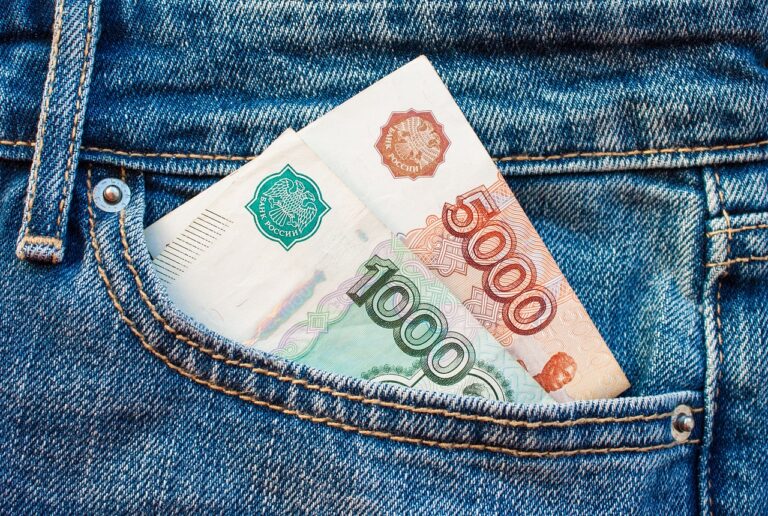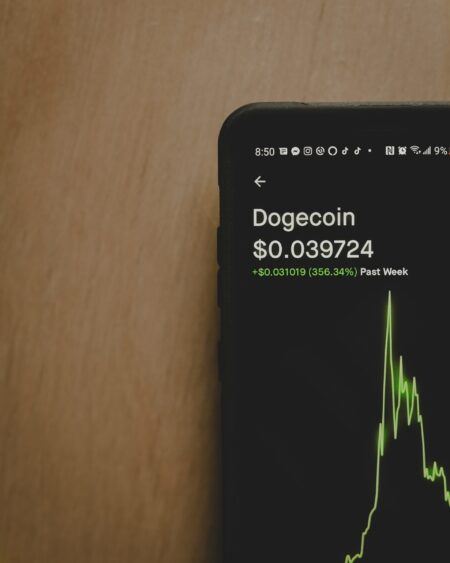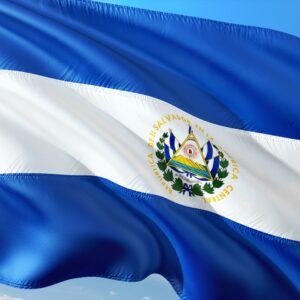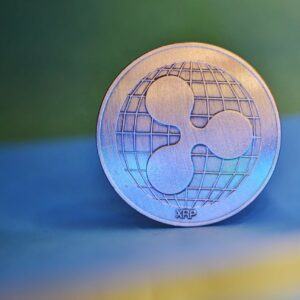Russia’s central bank, the Bank of Russia (BoR), has announced plans to launch digital ruble services for public use by 1 July 2025, as reported by Jordan Finneseth for Kitco News on September 16. By that date, major banks will be required to offer digital ruble accounts and facilitate transactions, including transfers and deposits. The BoR emphasized the necessity of making the digital ruble as accessible as traditional forms of currency, ensuring its use by both individuals and businesses.
According to the press release cited by Kitco, the Bank of Russia is coordinating with the Ministry of Finance to propose amendments to existing legislation to aid in the rollout of the digital ruble. Smaller banks with “universal licenses” have been granted an extended deadline, with a requirement to begin offering digital ruble services by July 2026. Other financial institutions will need to follow suit by July 2027.
For businesses, the deadline to start accepting digital ruble payments depends on their annual earnings. As Kitco explains, companies earning over ₽30 million annually must comply by July 2025, while those earning between ₽20 million and ₽30 million have until July 2026. All remaining companies are required to support digital ruble transactions by July 2027.
Kitco also mentioned that the Bank of Russia indicated that both banks and companies can implement the necessary infrastructure ahead of these deadlines if they choose to. Transactions will be conducted via a universal QR code system, which the BoR claims will help minimize additional costs for both banks and trade service companies.
Per the Kitco report, Russia’s central bank explained that the digital ruble was designed to broaden the options for making payments and transfers. It also stated that all transactions conducted by individuals using the digital ruble would be fee-free, and users could decide which ruble form — digital or physical — best suits their needs.
To prepare for the broader release, the BoR has initiated pilot testing of the digital ruble with 12 banks. Kitco highlighted that as of September 1, the number of pilot participants was expanded to 9,000 individuals and 1,200 trade service companies, significantly up from the previous limit.
Featured Image via Pixabay









